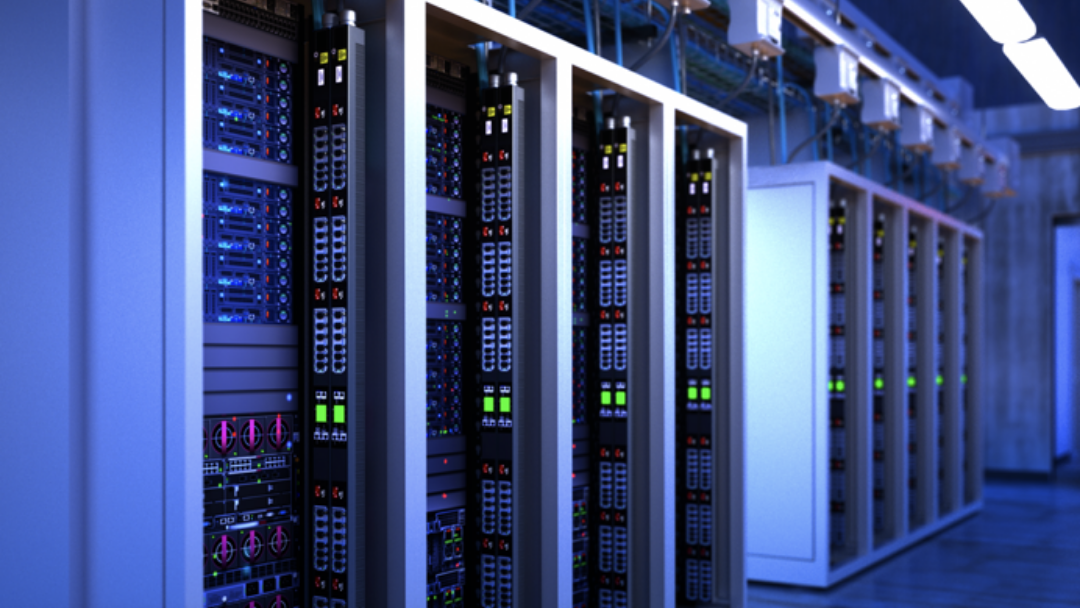Edge computing is a pivoted IT infrastructure. It is a strategy that enhances data telemetry. Businesses that need to transform intelligent sensory data into decentralized, remote, and mobile edge deployments invest in edge computing storage solutions.
With such advancement, businesses gain easy wifi connectivity and the ability to run machine inference close to data sources. Furthermore, you can develop effective storage technologies and architectures if you consider these outlined factors.
The Number of Edge Computing Techniques Required
In the introductory phase of IoT, organizations did not require multiple edge devices for data transmission. Instead, any number of connected devices allowed a business to send its IoT data to cooperate data centers or the cloud for storage and analysis.
Thanks to advancements in IoT, the various data available in organizations today require proper storage. It is why businesses opt for many edge devices instead of one. With multiple storage solutions, your data gets accessed easily. You also avoid the risk of irrelevance since data remains relevant when utilized efficiently.
The number of edge computing devices to use depends on the type of business. For instance, modern manufacturing plants require high concentrations of computing onsite to avoid delays in the deployment of actions during robotics operations.
You can choose edge computing performed by either device directly connected to sensors or routers that transmit data. Some businesses also opt for edge computing performed by small installations of servers deployed onsite in an enclosure or closet.
Firewalls are also effective edge devices. They serve as entry points into the network and determine network access. If you need to filter data from external networks, use firewalls as your edge devices.
Some companies prefer edge routers because they act as getaways between networks. But, these routers sometimes fail to operate efficiently. In such a case, you can substitute them with routing switches.
Since edge computing operates several devices over a highly efficient and small LAN, you can use more than one device to process your data. First, consider the type of technical problem your business intends to solve. Possible solutions to technical issues include data sovereignty enhancement and the elimination of network constraints.
Edge Computing Necessities
It is okay to figure out the number of devices you need for edge computing. But, these devices require the satisfaction of specific requirements to operate efficiently. Some of these necessities include the selection of data formats and file systems. You’ll also need to select a viable method of data transfer.
Understand that edge computing does not just involve storing data in devices. New data regularly replaces the stored raw or temporary data. With effective file systems and data transfer techniques, no data is stored for long enough to become irrelevant.
Below are some requirements to consider.
Storage Tiers
You’ll also need to figure out the storage tiering required at the edge. The data lifespan in storage devices usually determines this tiering. For instance, temporary data in sensors require a single level of storage tiering because it has a short lifespan. On the flip side, data with longer lifespans – those with overwrite usage requirements – get stored on various tiers.
Storage Capacity of Edge Devices
Another factor is the storage capacity for your data. Your storage capacity requires constant upgrades to stay in tune with the growing technological requirements. So, determine the costs of these upgrades to ensure that you adopt a cost-effective edge computing storage strategy.
Consider computational storage-drive edge devices as capacity upgrade options because they allow transparent compression. They also provide modification-free computing services. With these capacity upgrades, your existing storage I/O software stack remains the same. If the price of such an upgrade option fits within your budget, go ahead with your strategy.
Edge Device Size
Your edge device size also contributes to an effective strategy. Some edge centers are small sizes of traditional installations. They get positioned in various locations such as cell towers, storefronts, and spare offices.
Mini-servers conserve data center spaces but limit edge computing storage options. As a result, the market has limited numbers of tiny edge storage devices.
The Edge Computing Use Case You Want
Edge use cases are diverse. But, their benefits revolve around high speed and operational efficiency. They lead to transformative and new business models that enhance competitive differentiation. Such use cases include:
Remote Training and Monitoring
Assets in the oil and gas industry require constant monitoring to prevent disastrous failures. But these assets are usually located in remote areas. Edge computing enhances real-time analytics since it processes data close to the source.
Machine-To-Machine and Predictive Maintenance Automation
Manufacturers need to detect and analyze changes in production lines in time to prevent failure. Edge devices monitor machine health through the introduction of low latencies.
Home and In-Hospital Monitoring
Healthcare centers require edge devices to maintain data privacy. They send timely notifications to practitioners when unusual patient behavior occurs. These devices also enhance sufficient patient dashboards.
Smart homes also require comprehensive monitoring to identify issues around the house. Edge devices process data and store it as a reference.
Once you understand the edge use case your business falls under, choosing a reliable storage device is easy. This way, you will have an upgraded and durable data storage solution.
The Scalability of Your Architecture
Most people go for edge devices to enhance easy data transmission. But, with the traditional data storage systems, delays occur and lead to the irrelevance of data.
Your IoT network and other systems get scaled with effective edge devices. But, edge systems do not necessarily reduce the required raw data storage. Instead, it increases IoT network capabilities and size.
Edge models also make it easy to plan data storage needs in digital transformation processes. As a result, you control how data flows in your systems.
Conclusion
The numerous benefits of edge computing should ignite your desire for efficient data storage devices. The above consideration should help you make the right decision regarding edge storage solutions. But, first, contact a reputable company for the installation of edge devices.
Last Updated on August 2, 2022 by Josh Mahan




